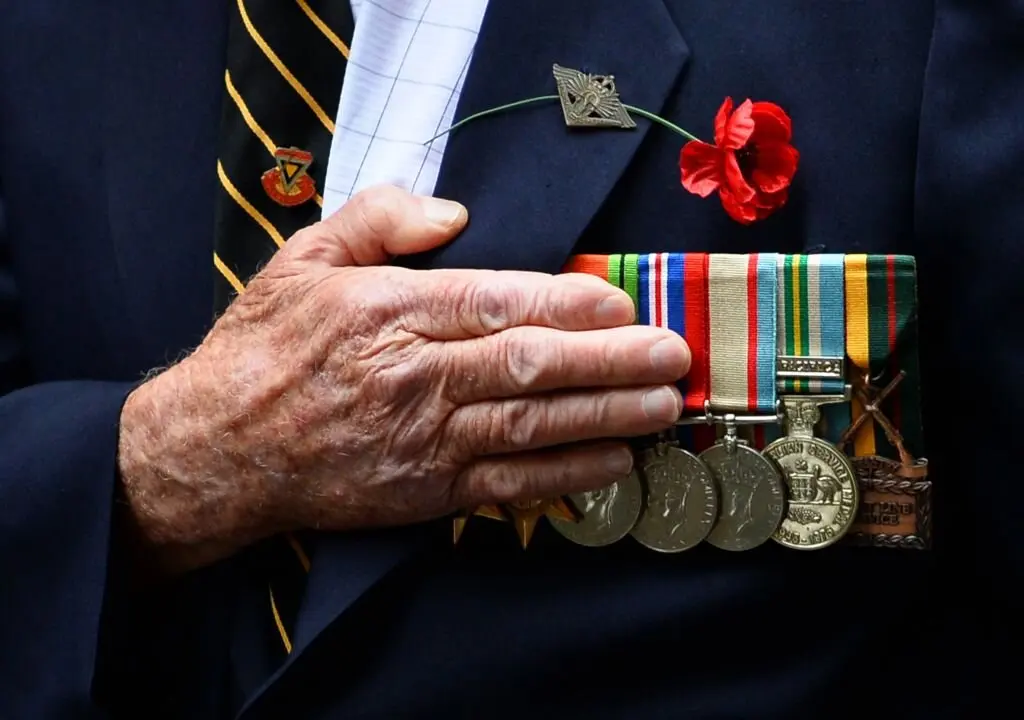
An Australian war veteran takes part in the annual ANZAC Day Parade in Sydney on April 25, 2014. PETER PARKS/AFP via Getty Images
Advocacy groups say expanding the scope of the veterans “gold card” could take pressure off the Department of Veteran Affairs’ (DVA) and incentivise personnel to remain in the military.
The Senate Foreign Affairs, Defence, and Trade References Committee is soon to release a report into changes to veterans’ benefits with gold card access a consideration.
White Cards and Gold Cards?
Among the cards issued by DVA, the white card is for veterans who have sustained injuries or developed illnesses due to their service, while the gold card is for veterans who have permanently lost their ability to work due to service-related injuries or disabilities, as well as for certain family members of eligible veterans.
The white card covers treatment for accepted service-related and other conditions outlined under “Non-Liability Health Care” provisions, which include mental health conditions (e.g., PTSD, depression, anxiety), malignant neoplasm (cancer), and pulmonary tuberculosis.
The gold card offers more comprehensive coverage, including free treatment for all medical conditions, whether service-related or not.
This includes general practitioner (GP) services, specialist consultations, hospital care (public and private), dental and optical care, mental health services, and subsidised pharmaceuticals under the Repatriation Pharmaceutical Benefits Scheme.
There is an the orange card, but that is for veterans of the Second World War, and provides concessions for prescription medicines, wound care items, and nutritional supplements.
According to the DVA’s statistics, as of June 2024, there are approximately 103,000 gold card holders and approximately 188,000 white card holders.




















